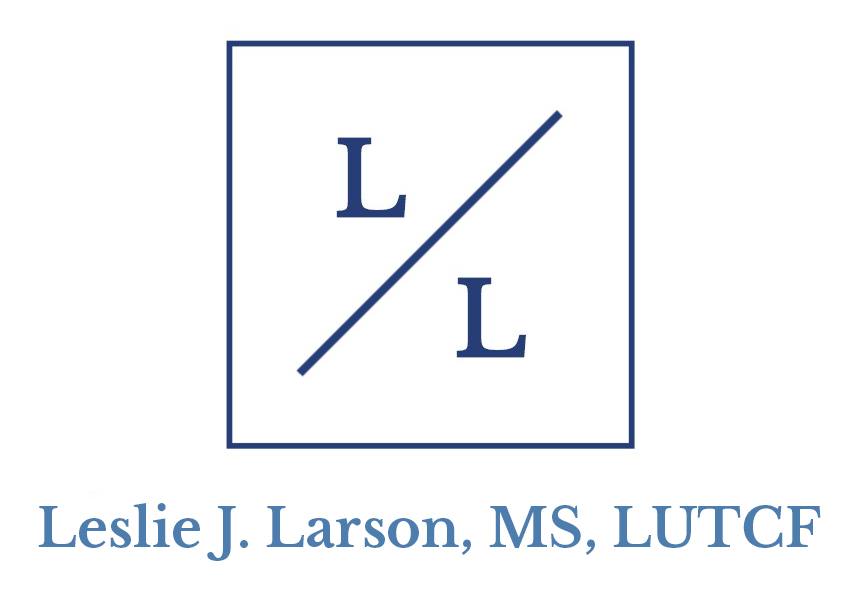As you get closer to the age of 65, you start getting bombarded with advertisements about Medicare. It can get confusing trying to sort through all the acronyms and letters: AEP, OEP, Part A, B, C, D?! Not to mention all the “medi” things that sound alike: Medicare vs Medicaid vs Medigap. Let’s clear up the confusion.
What is Medicare?
Medicare is a federal insurance program available to people 65 and older, though certain disabilities also allow for early Medicare eligibility. The different parts of Medicare (A, B, C and D) cover specific services.
Part A
Medicare Part A covers hospital and skilled nursing facility stays, hospice care, and some home health care costs. This is one of the two parts of Original Medicare. Most people get Part A for free (no premium) as long as they have worked at least 10 years and paid Medicare taxes. Even if you are entitled to free Part A, you still must enroll when first eligible.
Part B
Medicare Part B helps to cover doctors’ appointments, as well as services, preventative and specialty services, outpatient care, home health care, and some medical equipment. This is the second part of “Original Medicare.”
Part C
Private carriers offer Part C plans, also known as Medicare Advantage Plans, which offer all the benefits covered under Original Medicare (parts A and B) and more. You can select from HMOs, PPOs, Private Fee-for-Service, and Medicare Medical Savings Account (MSA) Plans. In order to join a Part C Plan, you need to be first enrolled Medicare Parts A and B.
Part D
Medicare Part D is also known as a Prescription Drug Plan. It is a requirement for every Medicare-eligible person to have a Prescription Drug Plan, which can be purchased through private carriers. You can purchase a standalone Part D plan in addition to Original Medicare, or purchase a Part C plan, also known as a Medicare Advantage Plan, which could include a Part D Plan.
What is Medicaid?
Medicaid is a state-funded program for low-income individuals and families. It’s possible to be eligible for both Medicare and Medicaid, (known as “dual eligibility”) and they will work together to provide coverage at a very low cost. The program is funded jointly by states and the federal government.
What is Medigap?
Medigap plans, also called Medicare Supplement Plans, provide extra insurance that helps you pay your Medicare Parts A and B out-of-pocket costs – such as co-insurance and deductibles – which are “gaps” in medical coverage. Medigap plans are purchased through private carriers, though federal and state laws regulate the Medigap policies. Medigap policies are only available to people who already have Medicare Part A and B, and should be purchased during your Medigap Open Enrollment Period (a 6-month window beginning the first month of your Medicare Part B Coverage).
It is important that you find coverage that is both affordable and a good fit for your lifestyle. As specialists in Medicare, we can provide simple and honest information regarding the options available to you. Contact us today.
